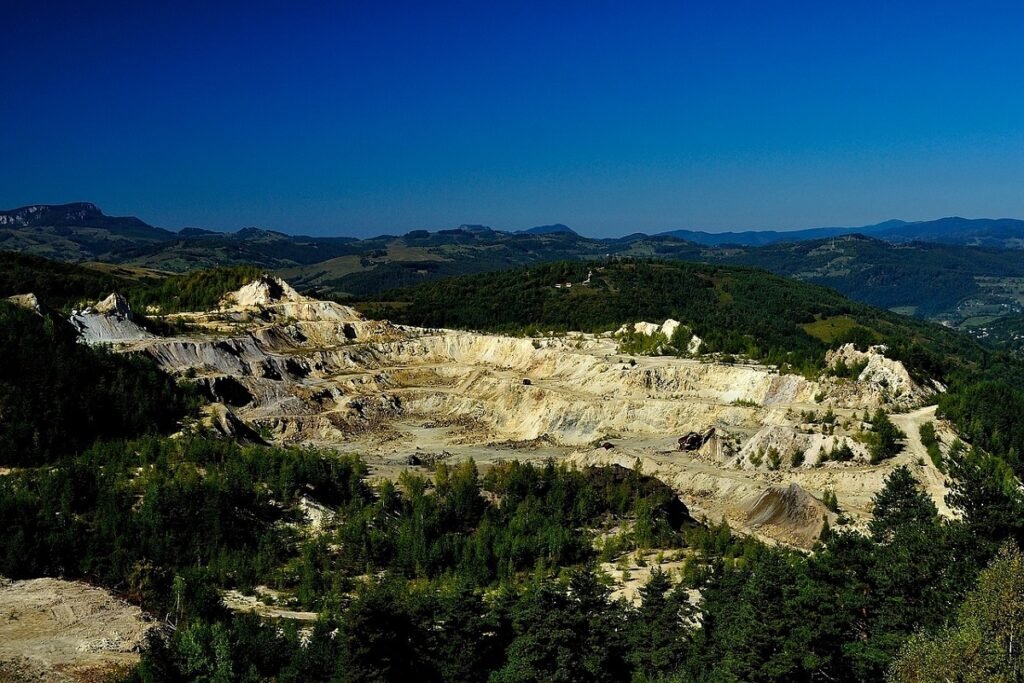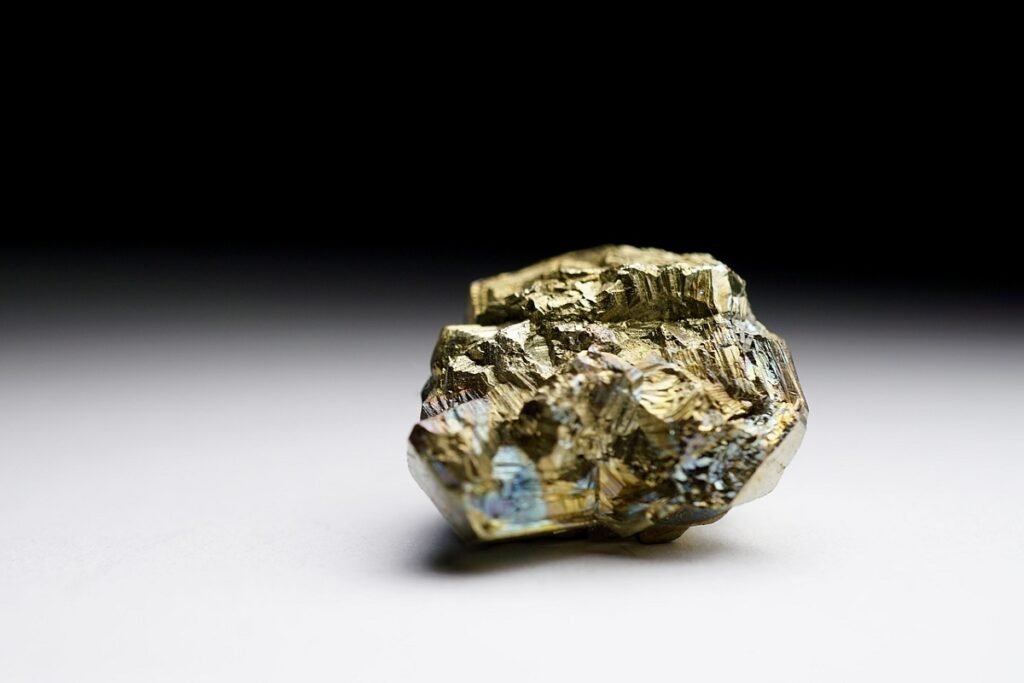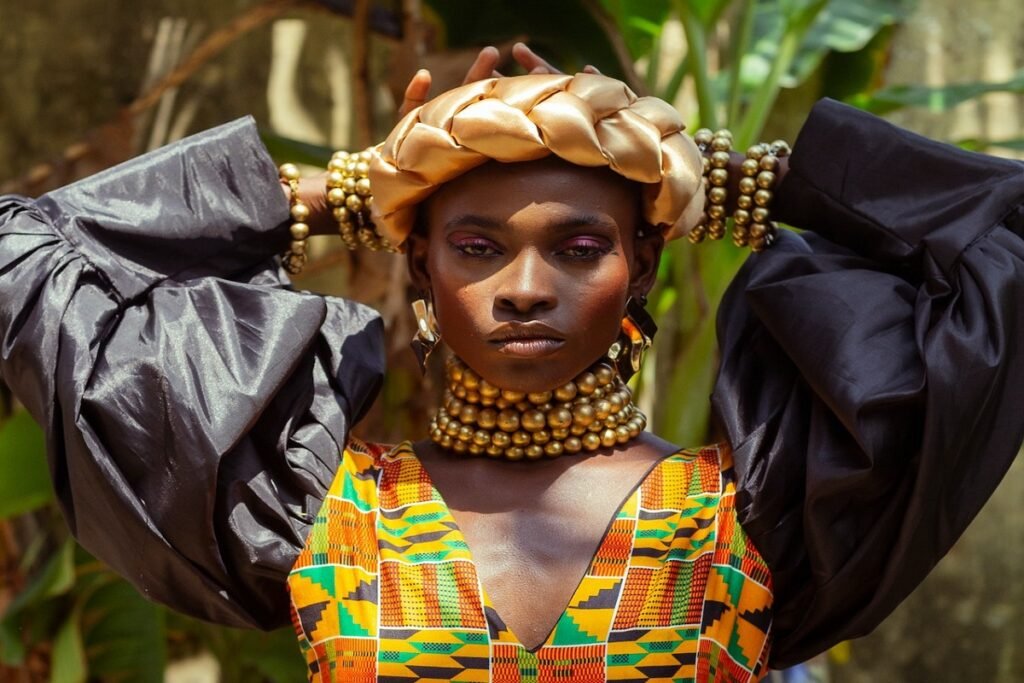When you think of where gold comes from, which country first comes to mind? Some may immediately think of China and Russia as the most common places. Others may think of the United States and Ghana. Uganda does not always make it to the top of the list, for many reasons. But this time, the spotlight settles on Uganda gold.
However, recent gold discoveries seem to have mined some great news and resources for Uganda gold. Read ahead to understand how this can be a game changer not only for the jewelry industry, but also the country itself.
Even with the different and sustainable practices in precious metals and jewelry, this doesn’t mean mining is out of the picture. Many territories that are rich in gold and precious minerals continue exploration efforts.
New Explorations and Discoveries
Just in 2022, the Ugandan government announced a new gold discovery that seems to have shaken not only the country, but also the jewelry industry. According to reports, they discovered a total of $12 trillion gold in the country.
This amounts to 320,000 metric tons of the precious metal. For those who understand the movement of gold, it’s easy to know that this is quite the find. This much gold translates to more than the current entire market capitalization of gold.
London-based Gold Traders, which is involved in the market of precious metals, appears to see this new discovery as a major player in the industry. Gold Traders director Jon White said in an interview that it’s even possible that this can disrupt the landscape. Specifically, the gold market may see a revaluing, given the sheer amount of new gold source that the discovery can lead to.

As far as Uganda gold find 2022 or even a global-scale gold discovery, this seems to be at the top of the list. While it’s not the first time that a major exploration yielded some rich results in Uganda, it’s quite the game changer in the area of gold.
A turning point in gold?
Discovering this much gold still available in the market may create a new wave of changes in the already volatile gold prices. Recently, reports have shown some fluctuation in gold prices. This comes at a time when inflation appears to also be at its most erratic.
It’s possible that the effects may start in Uganda itself. Mining-technology reported that the expedition has already gone further than just exploration. There’s already talks about licensing the production of the gold deposit. One company, a Chinese firm dubbed Wagagai Gold Mining Company, appears to have been tapped to lead the production.
This discovery has already gone so far as a ground-breaking ceremony. Investments have also started headway, with Wagagai putting in $50 million for a refinery. This isn’t surprising since a question on people’s lips include, “How much gold found in Uganda?” Heightened interest in the country has mostly been pushed by its potential as a gold reserve haven.
Gold’s Progress: Uganda’s Own Disruption?
Mining always has its benefits and pitfalls, and this new discovery in Uganda is no exception. Any mining endeavor may always introduce the benefit of producing more jobs for a country’s economy. With the sheer estimated gold tons lying in wait, this benefit may be seen in full and more.
In fact, the Uganda government has reportedly been aiming to push its economy via the domestic mining landscape. Its Uganda Free Zone Authority may be exploring ways on how to not only create opportunities for the country, but to also boost it as a possible investor haven.

Plans in the air for Ugandan gold
For now, all of the projections and progress remain in the planning stage. According to Bay State Banner, these estimates come from satellite projections. There has not yet been any underground drilling, since the most important aspect is to verify the claims to gold.
Even the satellite finding already has a good standing in as far as substantiating the presence of gold in Uganda. It’s a matter of ensuring that the dig would be of value to those and its people. Because a major challenge in African territories remains the balance between good business for the country and its people, and proper protection of resources and manpower in that territory.
“The question is how should African governments Uganda, included, negotiate these contracts with people who carry out mine technology. That’s where we are losing the money. Everybody knows the gold is in the ground in Africa,” said James Small, a scholar at the City University of New York, in an interview with The Bay State Banner.
A matter of good negotiation?
Many people tend to wonder, “Where is gold found in Uganda?” especially since it is one of the African states that are known to the world. Specifically, some reports even pinpoint Karamoja as the location of most of the gold deposits found.
Since the aerial explorations started, many analyses have also turned up and pointed to large reserves of gold in the eastern, central, and western areas of Uganda. This has fast-tracked the development of certain investments linked to mining. Some reports even claim that the government has been looking to increase its resources for mining other precious metals.
A new law for mining gold in Uganda
With this most recent exploration of gold ore, some sectors wonder how the next steps should go for the negotiations when it comes to mining the ore. Africa seems almost like a fabled place of gold, and people understand that there’s much gold content in the continent.
Given the social situation there, however, it also matters how the gold can be excavated. This especially becomes more significant, given the different mining technology and the rights that need to be set in place.
Mining-technology reported that the new discovery may put to use the Mining and Minerals Bill. This code recently passed parliament and is already in line for signing by the president. Once this becomes law, this will create the Uganda National Mining Company, which assures 15% free equity to large and medium mining ventures.
According to the report, this also makes a more transparent and less volatile system. Once set in place, the goal is for it to improve the administrative and business processes side to mining.
Possible cons to the new legislation
With any new system comes the cost, and this bill does not seem exempted from it. Industry experts still see the possibility of the national government becoming the end decision-maker. By this, it means that they can easily still change the tides to their favor, depending on who is in power. Nationalization of these projects can always happen, and it’s always up to the transparency and values of the government in place.
If successful, this bill can even transform the current mining landscape in Uganda. Currently, illegal mining remains known as “informal mining,” which suggests that it’s something that happens behind the scenes. While this generates certain jobs, it creates a very volatile environment to overall mining in Uganda.
Whether or not the new system will breed other policies to help iron out certain points remains to be seen. What’s important to note, however, is that the gold discovery may lead to big sweeps and changes that can be quite climactic for the current Uganda gold mining and industry.
Is It All Gold? Why Uganda Thrives in Minerals
Uganda isn’t home only to the vast wealth of gold. A big irony with the land is that, for all the richness in its surroundings and environment, almost half of the people of Uganda live in poverty. Many people even ask, “Is Uganda rich in minerals?” because the state of living seems
Global reports have pointed to the continuing poverty in Uganda as it remains one of the poorest nations even back in the 90s. Even with poverty alleviation and modernization efforts, these interventions do not seem to yield impactful results when it comes to improving the livelihood of the land.
In some cases, in-depth studies have revealed that even the mining industry, supposedly a potential source of livelihood for the people, does not contribute change to the situation. The Guardian reported that the mining companies that have gone into expeditions and projects in the area did not seem to properly bring in compensation.

Karamoja: A communal land filled with minerals
A big chunk of Uganda’s resource comes from Karamoja, a land that has been pegged as a mineral-rich location. This makes the area a strategic place to not only mine for gold but other mineral deposits. These minerals include copper, tin, cobalt, and lithium, which have quite a number of uses even outside of the jewelry industry.
This makes Uganda more inviting as a possible investment in mining overall. In addition, it strengthens Uganda’s stance as a budding site for such excavations, leading to more opportunities not only for the country but also the people.
African Jewelry: More than Just Your Sparkling Accessories
As a whole, there’s more to African jewelry than just the typical sparking fine pieces. Africa’s different cultures naturally merge and merge, and this can be fully seen in the different jewelry accessories produced in the areas.
Traditional African jewelry comes in a myriad of styles. What’s easily noticeable about these are the unique handiwork, particularly for beaded accessories. If many fine jewelry pieces are relegated to engagement rings, fine filigree necklaces, tennis bracelets, and brooches, African jewelry goes beyond that.
Some assume that Uganda gold price is what makes traditional African jewelry worth its weight in the market. But between the unique shapes, meanings, and combinations of materials used, African jewelry has an even bigger charm to offer the industry.
Beaded jewelry
Beadwork often takes inspiration from the culture that creates it. Other cultures also use beadwork as a way to not only express themselves but also create patterns (something akin to the piece in this Myka review) that stand out in the world of jewelry.
These beads can be incorporated into necklaces, bracelets, earrings, and even crowns. Oftentimes, anklets can also be made of beadwork following traditional patterns.

Head jewelry
Crowns may be considered as the most common headpieces, especially for jewelry. However, traditional African jewelry like native American jewelry (such as the one in this RJH review) has a wide range of head jewelry. Crowns are already a staple that even men and women wear them. There are also headbands that come in a range of patterns, sizes, and types.
Beyond precious: Natural materials at their finest
Jewelry from Uganda works with a lot of materials from nature. For instance, beads typically play a big role in the overall design. More traditional designs make use of beads that come from nature. They can be made of different materials, from bone to glass, but they can also be fashioned using sturdier and more stable materials. Jewelry enthusiasts can often expect necklaces, earrings, and other similar materials to be incorporated in jewelry from this territory. This just shows the level of creativity that is incorporated into every piece.
Want to know more about the jewelry industry? Read the latest in its growth and movement in “Jewelry Market Sees Growth And Recovery by 7% Until 2028.”

